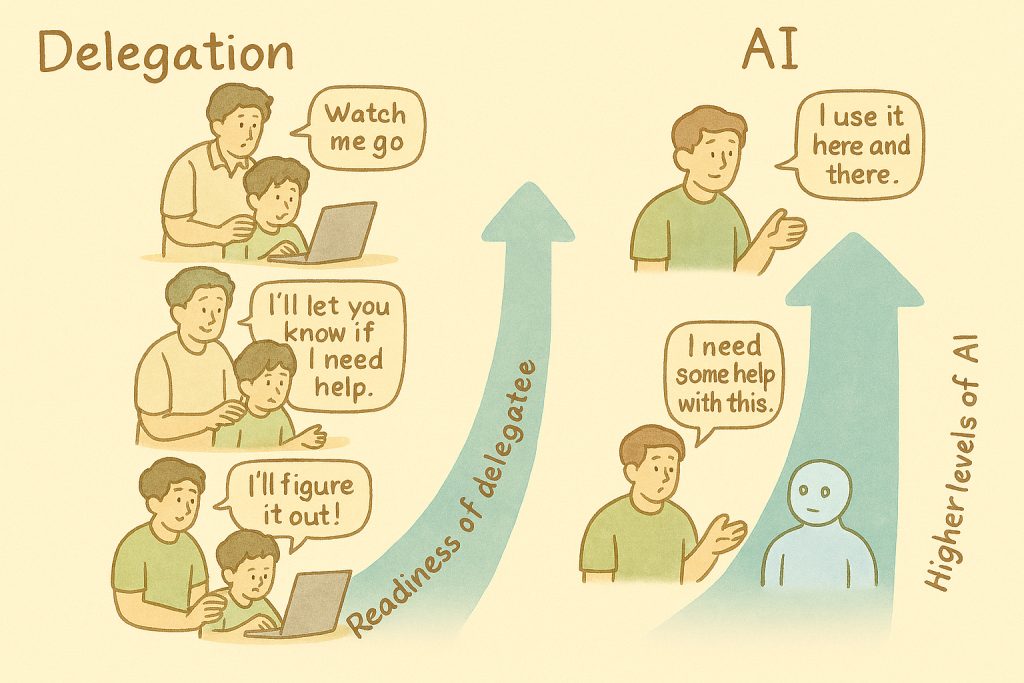Shweta has taken up the role of the Scrum Master with the Wise-Eagles team. The team has one BA, three developers and two QA. The BA and developers are based in Bangalore and so is the SM, QA is based out of Hyderabad. The PO is in Ireland. The team had been practicing Agile for about six months with two week sprints, when Shweta took over as SM to fill in for the SM who had moved on.
Shweta finds that the team is pretty mature and have internalized many of the principles of Agile. Her fourth sprint as a SM is coming to a close and she can for-see the repeat of the challenges that surfaced in the last sprint.
In last sprint there has been a challenge on completing few of the stories, they are not able to meet the “Done” criteria as few tests fail and either the code has to be updated or the test case changed.
In the last retrospective it was identified that the team members interaction with the PO had increased and so had different interpretations by different team members. The Dev and QA being in different locations added to this. The team members did try to keep all involved members in the loop, but few things were missed out.
Another reason was that the nature of the work had changed and the current mix of stories were related to a new system that was being put in place, as opposed to enhancements to existing system in the past.
Have you encountered a similar situation? What would be your advice/tips to Shweta?
Suggested Solution
The challenge seems to be due to increased interactions between PO and team members – which is ideally good – but could be causing issues due to the distributed nature of the team.
Another point to note is the nature of work, more of new development compared to what it was in the past.
These two aspects will require some changes in the way the team is collaborating.
One practice that I have seen the teams adopt to is a series of “collaboration meets”. The developers, QA who are working on a story and the PO get together in a meeting before they start work on it. The requirements are clarified and this interaction ensures they come to a common understanding. Once the development is complete, they again meet wherein the Developers will demo the work to the QA and the PO. This second meet helps to ensure that QA has not left out any test case and the Developer has not left out any functionality. Once the testing is complete the QA does a reverse demo to the Developers and the PO, closing the loop.
These three meets will ensure that there will be no surprises on the understanding and interpreting and implementation of the functionality.
One variation I have comes across is that the team members involved do only the first meet, it is referred to as “The Three Amigos Meet”.
Some variation in the terminology some teams call the first meeting the collaboration meet the subsequent meetings the internal demos.
The above may give the impression that test starts only after development is complete, it is not so. The test work starts right after the first meet, but the demos are done after development, test is complete.



